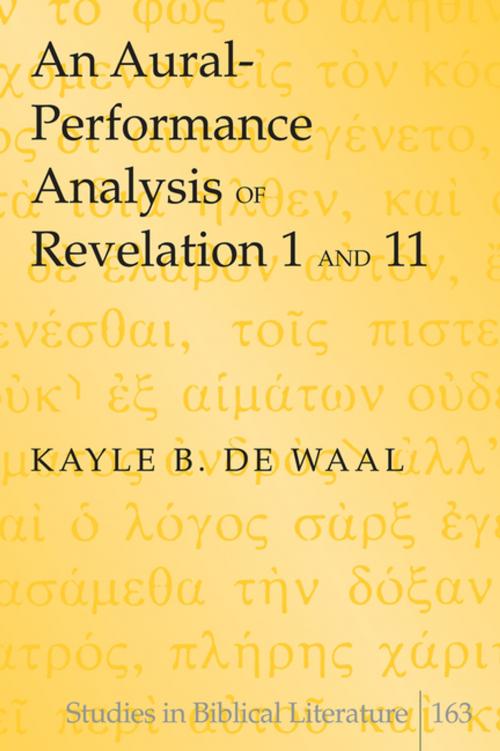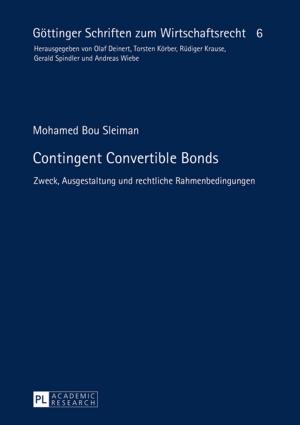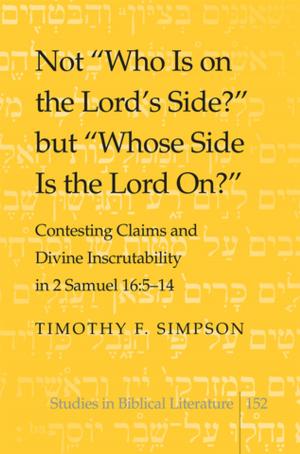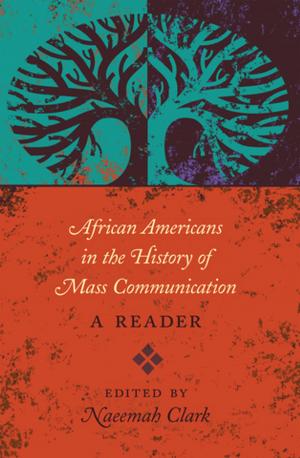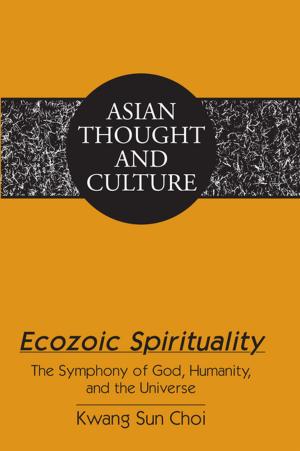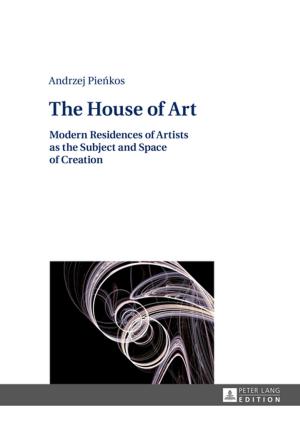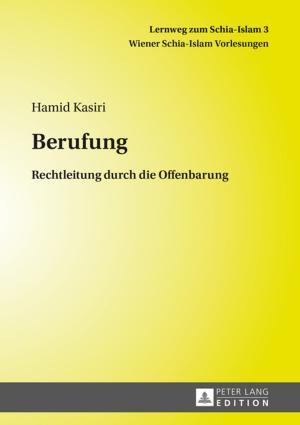An Aural-Performance Analysis of Revelation 1 and 11
Nonfiction, Religion & Spirituality, Bible & Bible Studies, New Testament, Criticism & Interpretation, Reference & Language, Language Arts, Communication| Author: | Kayle B. de Waal | ISBN: | 9781454190998 |
| Publisher: | Peter Lang | Publication: | July 20, 2015 |
| Imprint: | Peter Lang Inc., International Academic Publishers | Language: | English |
| Author: | Kayle B. de Waal |
| ISBN: | 9781454190998 |
| Publisher: | Peter Lang |
| Publication: | July 20, 2015 |
| Imprint: | Peter Lang Inc., International Academic Publishers |
| Language: | English |
This book breaks fresh ground in the interpretation of the Apocalypse with an interdisciplinary methodology called aural-performance criticism that assesses how the first-century audience would have heard the Apocalypse. First-century media culture is probed by assessing the dynamics of literacy, orality, aurality, and performance in the Gospels, parts of the Pauline corpus, and also Jewish apocalyptic literature. The audience constructs of informed, minimal, and competent assist the interpreter to apply the methodology. Sound maps and an aural-performance commentary of Revelation 1 and 11 are developed that analyze aural markers, sound style, identity markers, repetition, themes, and the appropriation of the message by the audience. The book concludes by examining the sociological, theological, and communal aspects of aurality and performance and its implications for interpreting the Apocalypse.
This book breaks fresh ground in the interpretation of the Apocalypse with an interdisciplinary methodology called aural-performance criticism that assesses how the first-century audience would have heard the Apocalypse. First-century media culture is probed by assessing the dynamics of literacy, orality, aurality, and performance in the Gospels, parts of the Pauline corpus, and also Jewish apocalyptic literature. The audience constructs of informed, minimal, and competent assist the interpreter to apply the methodology. Sound maps and an aural-performance commentary of Revelation 1 and 11 are developed that analyze aural markers, sound style, identity markers, repetition, themes, and the appropriation of the message by the audience. The book concludes by examining the sociological, theological, and communal aspects of aurality and performance and its implications for interpreting the Apocalypse.
